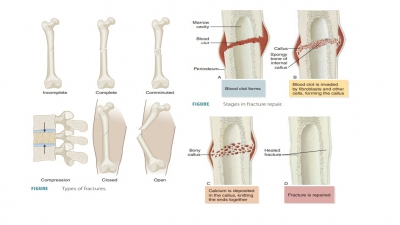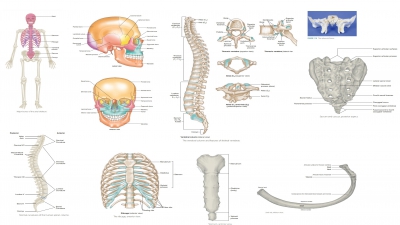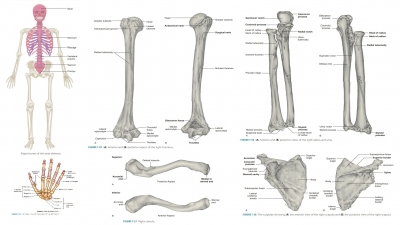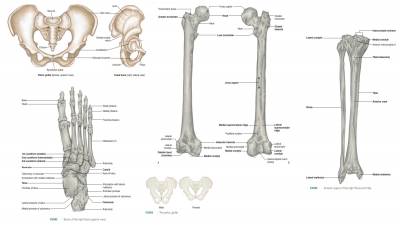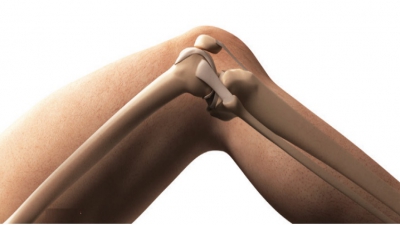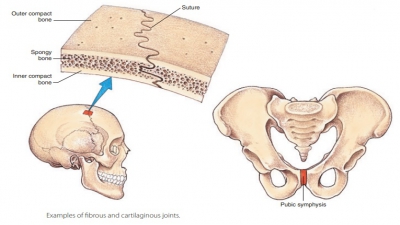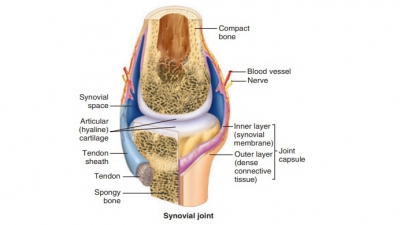Effects of Aging on the Skeletal System
| Home | | Anatomy and Physiology | | Anatomy and Physiology Health Education (APHE) |Chapter: Anatomy and Physiology for Health Professionals: Support and Movement: Bone Tissues and the Skeletal System
The skeleton changes from birth to death, but its changes during childhood are the most significant.
Effects of
Aging on the Skeletal System
The skeleton changes from birth
to death, but its changes during childhood are the most significant. A baby’s
cranium is very large compared to the facial bones and bones such as the
frontal bones and mandible are still unfused. The facial contours are flat and
the mandible and maxillae are foreshortened. When an infant reaches 9 months of
age, the cranium is approx-imately half of its adult volume, due to the brain’s
rapid growth. Once a child is 8 or 9 years old, the cranium is nearly as large
as the cranium of an adult. Between ages 6 and 13, the head appears to enlarge
as the face grows, with the nose, cheekbones, and jaws becoming more prominent.
Facial changes are related to parana-sal sinus and nose expansion as well as
development of the permanent teeth.
Bone mass decreases and bones
become weaker as we age. Inadequate ossification is referred to as osteopenia, and every adult becomes
slightly osteo-penic with increased aging. Fractures can occur when the bones
are stressed in ways that would not cause fracture in younger people. The hips
are com-mon sites of fracture in the elderly, which may result in hip
dislocation, pelvic fracture, and hip replace-ment procedures. Other commonly
fractured bones include the neck of the femur and the vertebrae of the spine.
The intervertebral discs of the spine become thinner and less hydrated because
of aging. They lose elasticity, increasing the risk of disc herni-ation. By age
55, the average person is several centi-meters shorter than earlier in life. A
condition that can cause even more shortening is called kypho-sis, also known
as dowager’s hump (FIGURE 7-36).
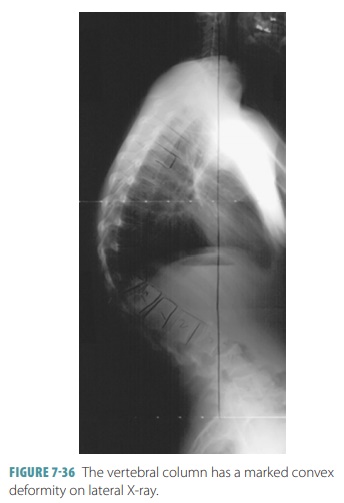
The vertebral column slowly
resumes the initial arc-like shape that it had as a newborn. Aging also causes
the thorax to become stiffer, mostly because of ossification of costal
cartilages. Breathing, therefore, becomes shallower and gas exchange is less
efficient. The bones of the skeleton lose mass with age and most of this loss
occurs in noncranial bones. However, the jawbones are altered somewhat,
becoming more similar to how they appeared in childhood. Loss of teeth causes
an acceleration of bone loss from the jaws, because there is resorption of the
alveolar region bone.
